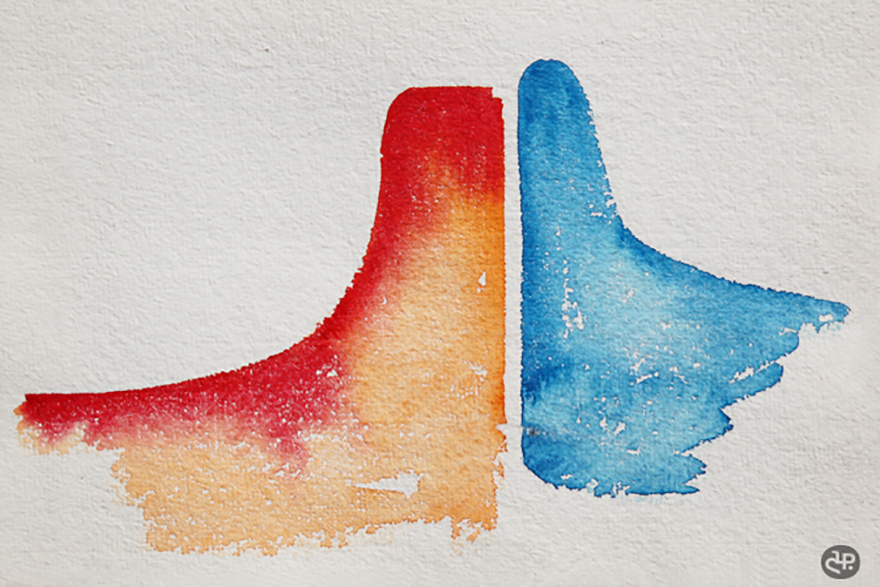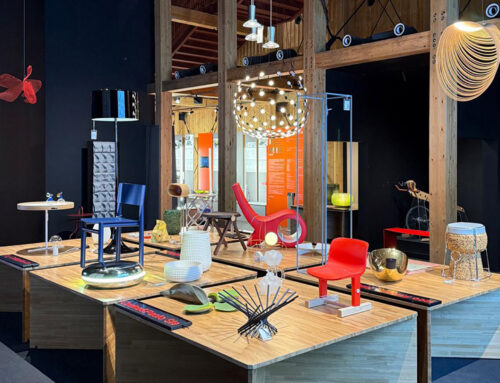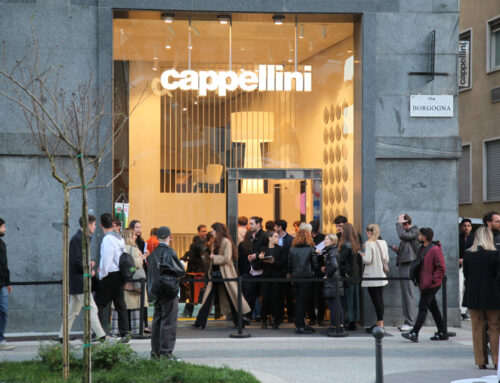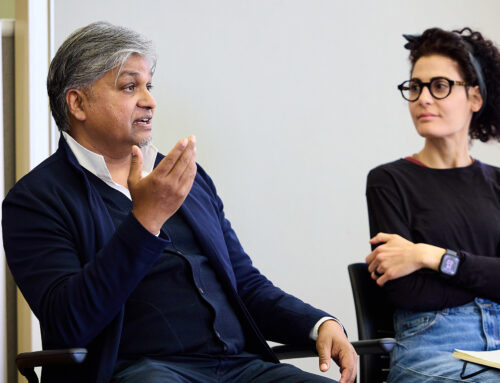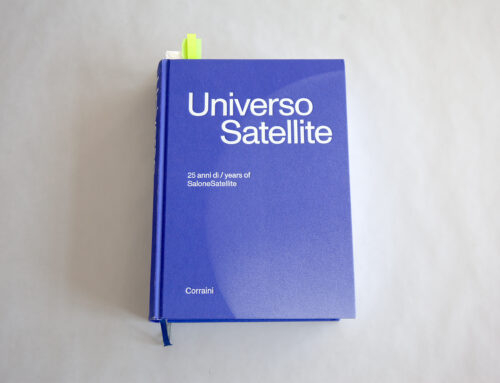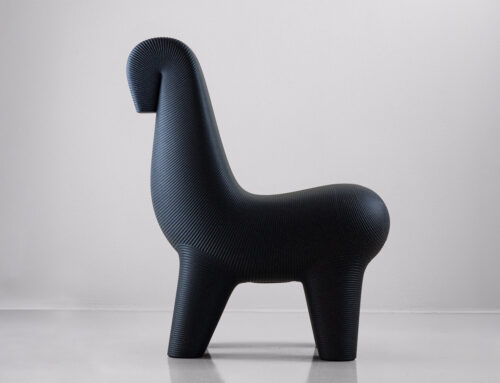4 / On the CoC platform we have introduced the post ‘From Convexity to Sensoriality’ looking into earliest Indian sculpture and the peculiar atmospheres produced. Can you offer a view-feeling of convexly formed objects’ morphological qualities in relation to atmospheres?
Prof. Tonino Griffero: First of all it is fundamental to understand which is the mediator element between the felt-body, or better the felt-bodily dispositions, and the formal processes perceived in the external world. If this element, also to study the stylistic evolution of art from the point of view of the different dispositions of the living body, comes from the so called motoric suggestions, then we should start (according to Hermann Schmitz) from convexly curved forms: forms without corners to which corresponds a tactile diffused perception of the felt-body, in other words a perception that expands itself in the space close to the felt-body. While the concave forms, and most of all the angular ones, attract female physical dispositions through the psycho-physical balance they make possible (but a wide breast and voluminous biceps seem to state something more complex!), on the contrary convex and curved forms stimulate equally in offsetting way the felt-body male dispositions, probably evoking through the elusive character of female forms the less urgent and intense female desire. But here we would need a Sartre phenomenologist of formal qualities to make a satisfying analysis of convex forms! At any rate, if convexity seems at the first approach to suggest a diffused, elusive, soft dimension, in one word “protophatic” (primitive, peripheral, and not specialized sensibility), as a matter of common knowledge belonging to an archaic womanliness (think about the veneri steatopygous), then we have to consider this felt-bodily disposition like a destiny not only of the individual but of collective artistic instinct (for example the Indian one). But here the felt-body’s phenomenology must stop and ask for help to other disciplines.

Tonino Griffero is professor of Aesthetics at University of Rome Tor Vergata, Italy, and director of the Master “Comunicazione estetica e museale” at Scuola IAD, Univ. di Tor Vergata-Galleria Nazionale d’Arte Moderna in Rome. Director of “Sensibilia. Colloquium on Perception and Experience” , “Lebenswelt. Aesthetics and Philosophy of Experience” and “Atmospheric Spaces. Aura, Stimmung, Ambiance”. Member of the Guaranty Committee of SIE (Società Italiana d’Estetica), member of the Scientific Committee of “Estetica. Studi e ricerche” (Luciano Editore), Aesthetica Pre-print (Palermo), “Atelier delle immagini. Semiotica del visivo” (Zel Edizioni), “Ambiances. International Journal of sensory environment, architecture and urban space”. He is editor of “Percezioni. Estetica & Fenomenologia” (Christian Marinotti Editore, Milano).

Tiziana Proietti (1983, Rome, Italy) An architect with a Ph.D. In Architectural Design, Tiziana Proietti gained her doctorate at the Sapienza University of Rome in collaboration with the University of Technology TU Delft in 2013 and is currently Professor at the University of Oklahoma, USA. Her research activity explores human perception in architectural spaces with a special focus on the relationship between the senses and the cognitive value of proportion. After a decade of studies on proportion in architecture, Proietti is currently developing her research by connecting neuroscience and architecture in collaboration with the Salk Institute in San Diego and the SPaCE Lab at the University of Southern California. In 2013 she worked as a researcher at Satyendra Pakhalé Associates where she cultivated her interest in the historical and theoretical roots of sensorial design.
